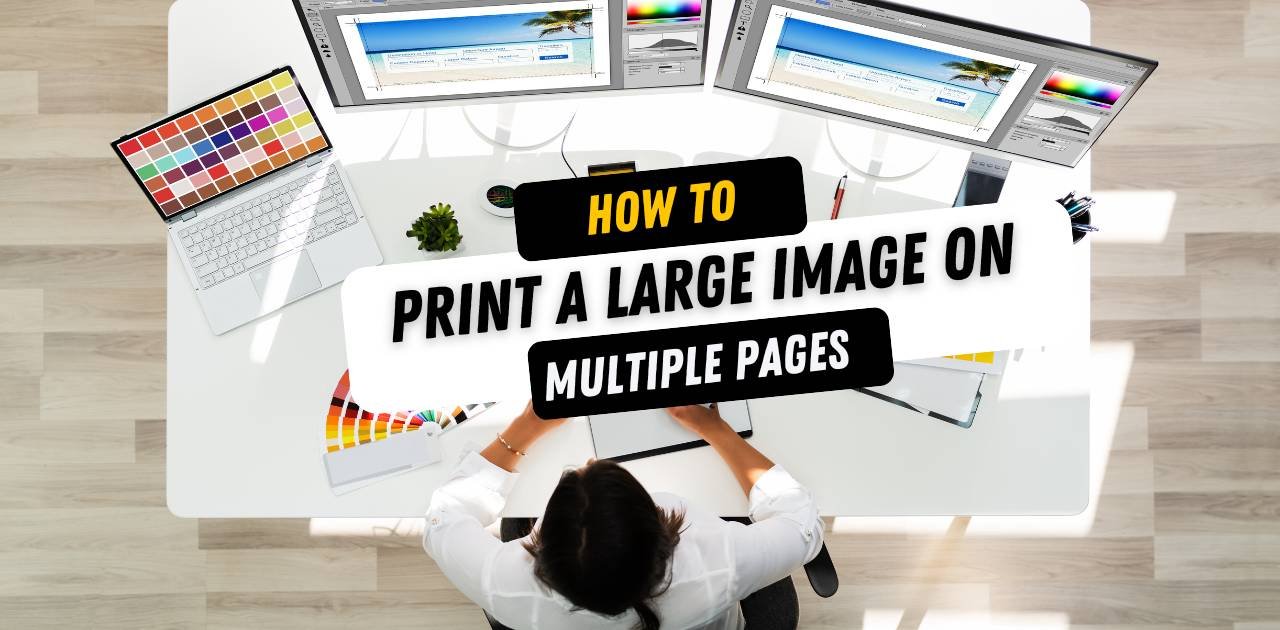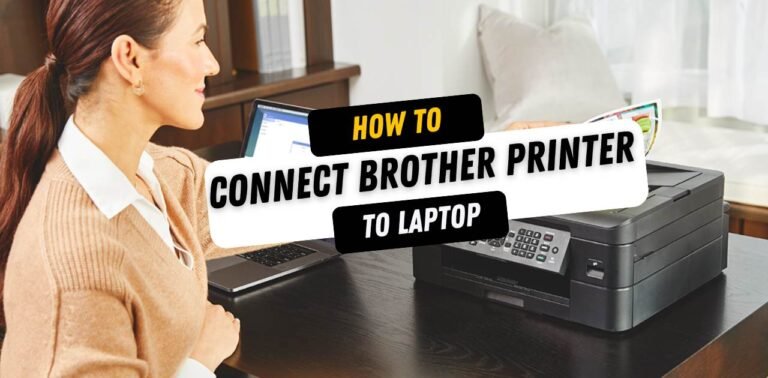How to Print a Large Image on Multiple Pages
Printing a large image on multiple pages, often referred to as poster printing, is a fantastic way to display photos, graphics, or large text documents in a sizable format using a standard printer.
This process involves dividing a large image into segments that fit on multiple sheets of paper, which can be assembled like a puzzle to create the full picture.
This guide provides a detailed, step-by-step explanation on how to accomplish this task using various methods and software options.
Understanding the Basics of Printing Large Images
Before you begin, it’s important to understand the concept of printing large images on multiple pages. This technique is useful for creating banners, posters, and other large displays without the need for a specialized large format printer.
The key is to split the image so that each page overlaps slightly; this makes it easier to align when piecing the image together.
Equipment and Software Needed
A Computer: PC or Mac with access to graphic editing or specialized software.
A Printer: Any standard inkjet or laser printer capable of printing on your chosen paper size.
Paper: Standard A4 or letter-size paper is commonly used, but larger sizes can be used if your printer supports them.
Software: Several software options can be used, including Microsoft Paint, Adobe Reader (for PDFs), Adobe Photoshop, or free tools like GIMP and PosteRazor.
Step-by-Step Guide to Printing a Large Image on Multiple Pages
Step 1: Choose Your Software
Depending on what software you have available, your approach might differ slightly. Here’s how you can proceed with some common tools:
Using Microsoft Paint
Open Paint: Start by opening your image in Microsoft Paint.
Select ‘Print’: Go to the File menu, then Print, and select ‘Page Setup’.
Adjust Settings: In the Page Setup dialog box, adjust the scaling to ‘Fit to’ and enter the number of pages you want to print across and down.
Print Preview: Check your layout with Print Preview before printing to ensure your image is properly aligned across the pages.
Using Adobe Photoshop
- Open Photoshop: Load your image in Adobe Photoshop.
- Determine Tile Size: Go to ‘View’ and then ‘New Guide Layout’ to create guidelines according to your desired paper size.
- Slice the Image: Use the Slice tool from the toolbar to slice the image according to the guides.
- Export Slices: File > Export > Save for Web, and ensure all slices are selected to print.
Using Free Software Like GIMP or PosteRazor
- GIMP: Similar to Photoshop, use guides to mark divisions and crop the image into segments.
- PosteRazor: Open your image in PosteRazor, set the paper size, overlap edges if needed, and it automatically divides the image into multiple pages.
Step 2: Print Your Image
- Once your image is properly set up and sliced, you can begin printing.
- Print Settings: Ensure your printer settings are adjusted to the correct paper size and print quality.
- Print: Print each segment of your image. Make sure all pages are marked or numbered to assist with assembly.
Step 3: Assemble the Pages
- After printing, lay the pages out on a large, flat surface.
- Trim Edges: Trim the edges of each page if you didn’t allow for overlap.
- Align and Tape: Align the images carefully; use transparent tape to connect the pages from the back to avoid interference with the image.
Tips for Success
- Use High-Resolution Images: Ensure your image resolution is high to avoid pixelation when enlarged.
- Check Printer Ink Levels: Large prints consume more ink, so check your levels before starting.
- Consider Professional Services: For extremely large prints, consider using a professional printing service for higher quality.
Conclusion
Printing a large image on multiple pages is a straightforward process that can be done at home with basic software and a standard printer. This method allows you to create impactful visuals for presentations, events, or home decor.
With careful setup and precise assembly, you can achieve professional-looking results right from your home office. Experiment with different software and techniques to find the best fit for your printing needs.





